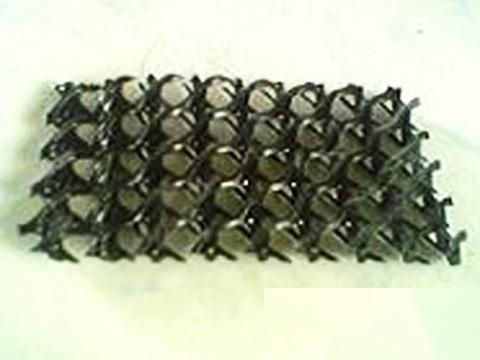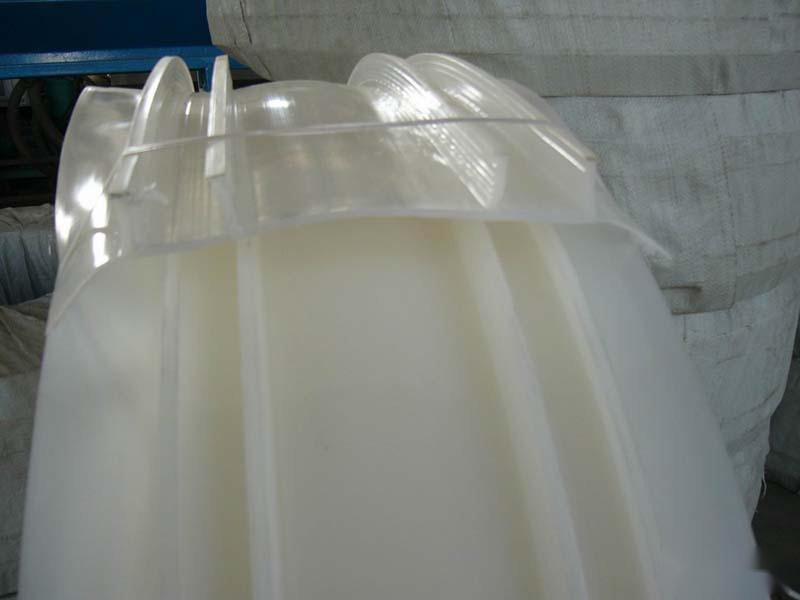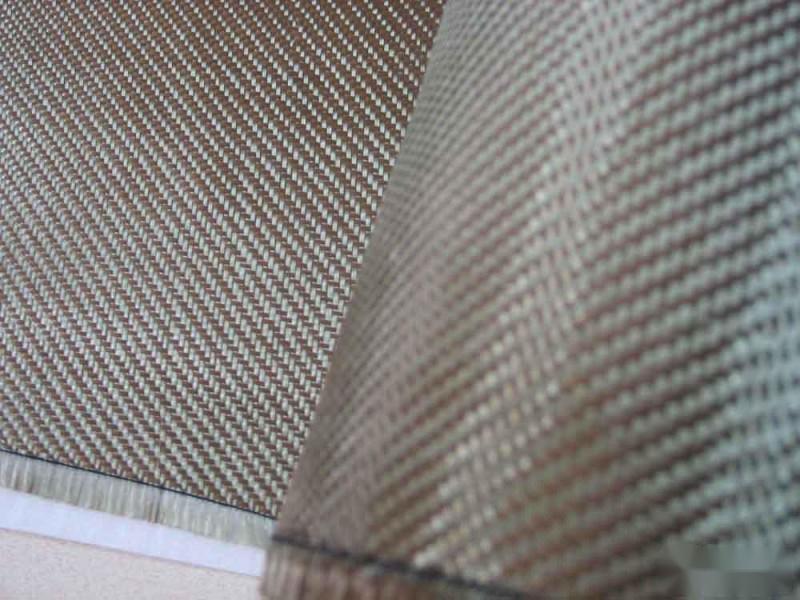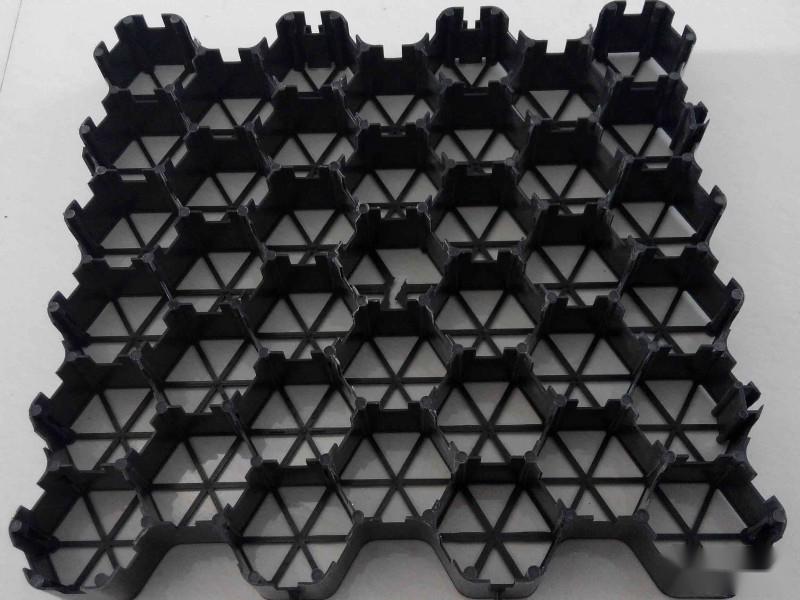Hongxiang geosynthetic materials are widely used in the design of the foundation and cover layers of landfill facilities, primarily including the following aspects:
• Geogrid, which can be used to enhance the stability of the slope beneath the waste body and to reinforce the cover soil layer above the geomembrane;
• Geonet, which can be used for drainage;
• Geomembrane, which is a relatively impermeable polymer that can serve as a barrier to liquids, gases, or vapors;
• Geocomposite, which consists of two or more layers of geosynthetic materials and can be used for separation, filtration, or drainage;
• Geotextile, which can be used for filtration or as a cushioning layer to prevent puncturing of the geomembrane.
The image below shows the application of geosynthetic materials in the cover and bottom liner layers of a modern landfill.
|
|
The image above illustrates a double liner system. It consists of a geomembrane / GCL as the primary liner layer, with a layer of geomembrane / compacted clay liner serving as the secondary liner layer. The leak detection system is positioned between the primary liner and the secondary liner and is made up of geotextile and geonet. The leachate collection system, situated above the primary liner layer, consists of gravel and a perforated geotube system. Below the gravel layer, there is a geotextile cushion to prevent the geomembrane of the bottom liner from being punctured by the gravel. The leachate collection system is located above the primary liner layer of the slope liner system and is composed of drainage boards embedded in the gravel layer (composite of geotextile and geonet). The entire landfill surface is covered with a geotextile filter layer to prevent clogging of the leachate collection and drainage systems. Geotextiles are used in interception ditches to control the hydraulic gradient, which can maintain the water level at the bottom of the landfill. Additionally, as shown in the image, reinforced fibers are randomly distributed in the foundation soil layer beneath the landfill, enhancing the strength and stability of the soil; geogrids can be used to reinforce steep slopes.
The landfill cover system depicted in the image includes a composite geomembrane / GCL barrier layer. The drainage layer formed by the composite of geotextile and geonet is located above the geomembrane. The soil cover layer beneath the erosion control system is protected by geogrids, geotextiles, geocells, etc. This reinforcement system can minimize the strain in the soil layer caused by uneven settlement of the waste or future vertical expansion of the landfill. Furthermore, the cover system may include a geogrid or geotextile reinforcement layer positioned above the permeable barrier to ensure the stability of the surface vegetation layer. Reinforced fibers can also be used to enhance the stability of the surface vegetation layer in steeper areas. As shown in the image, the composite erosion control system above the surface vegetation layer can provide erosion protection for the surface and ditches. Geotextiles serve as filtration materials for groundwater and leachate collection wells. The image also reflects the arrangement of the HDPE vertical barrier system and geotextile interception ditches surrounding the landfill.
This image provides numerous applications of geosynthetic materials that may be considered in landfill design, although not every landfill needs to incorporate all parts shown in the image.
Hongxiang is committed to: Our prices may not be the lowest, but the quality of products and services we provide is guaranteed.










